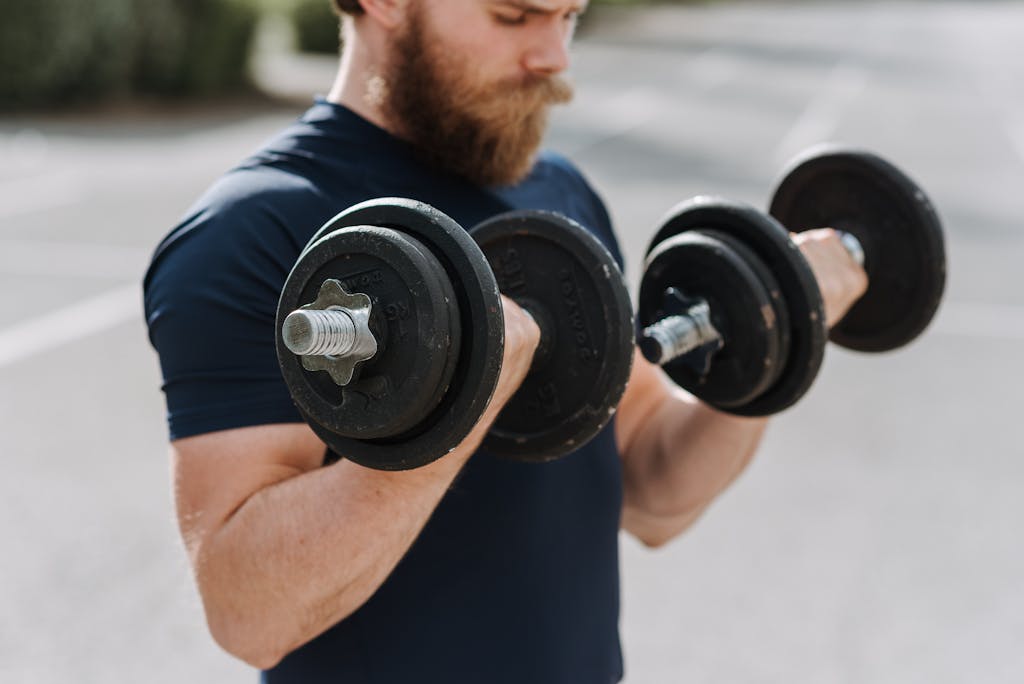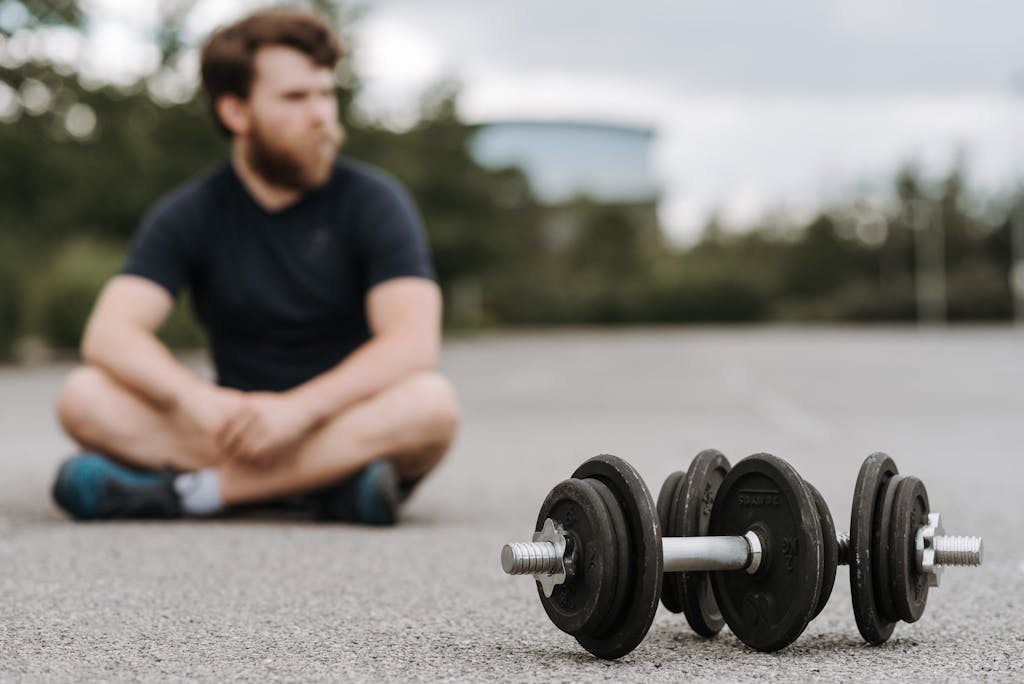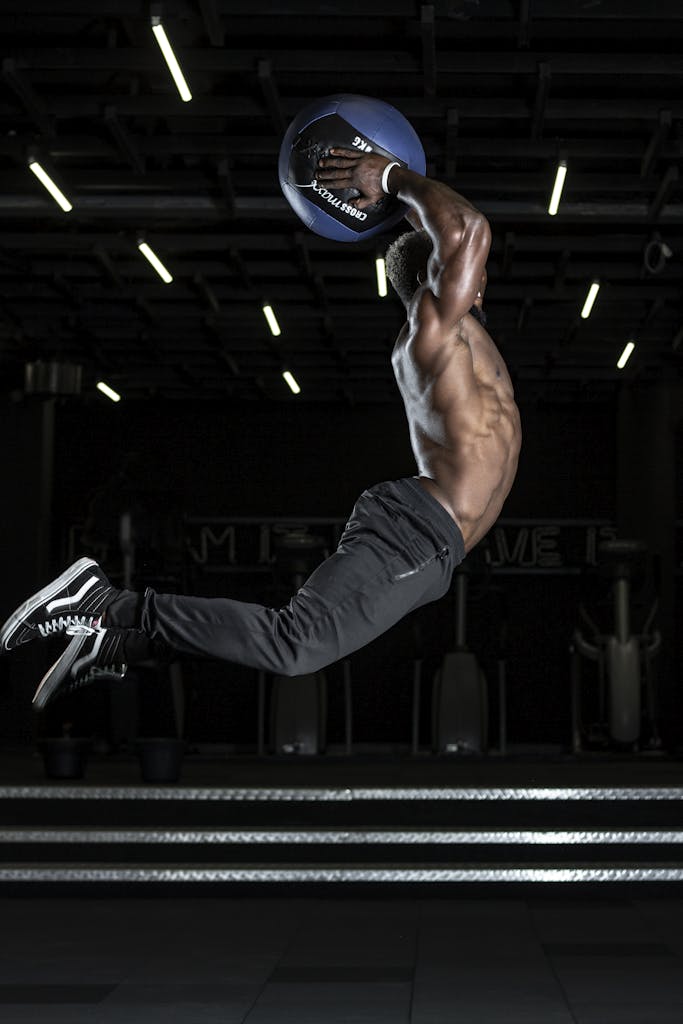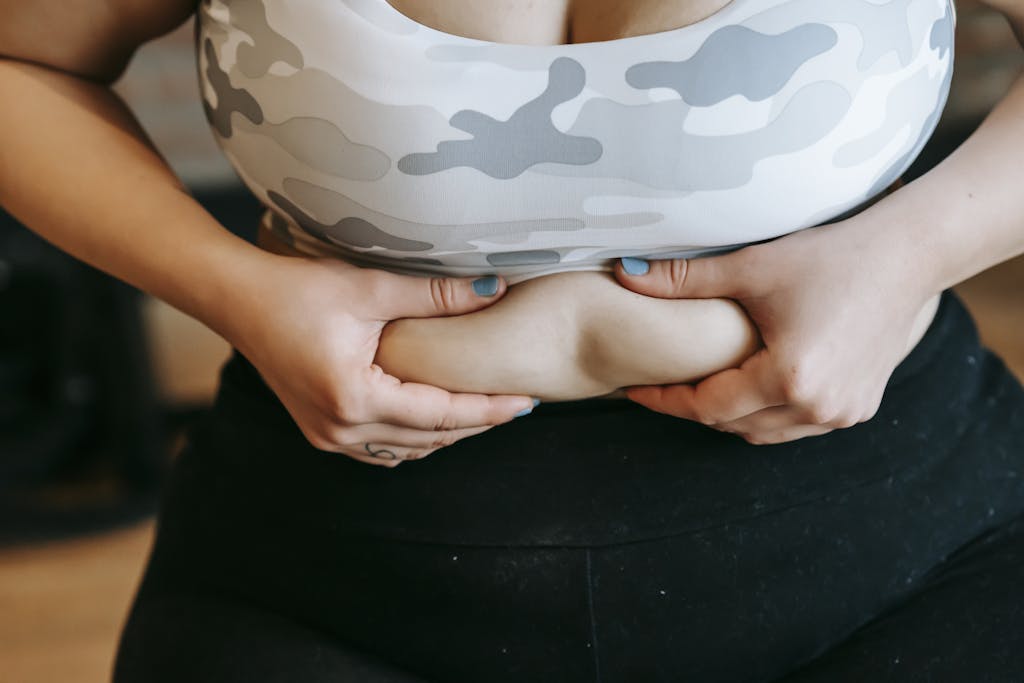Optimize Athleticism: Importance of Recovery Days For Improved Athletic Results
Regular physical activity is essential for overall health, as the human body functions best with consistent movement and exertion. While many people struggle with inactivity, athletes often face the opposite challenge—insufficient recovery time. To optimize performance and prevent burnout, here’s expert advice on incorporating effective recovery strategies into your training routine.
The Strength of Recovery

Taking a rest day is not a sign of weakness—it’s a key component of strength. Many athletes believe they can push through without recovery, but the most successful ones recognize the importance of rest. Intense workouts place beneficial stress on the body, breaking down muscle tissue, tendons, and bones, which then rebuild stronger. However, without adequate recovery, the body cannot properly repair itself, leading to diminished performance and a higher risk of injury. Prioritizing rest allows athletes to train harder, recover better, and perform at their peak.
Ron Hill, a famous long-distance runner, ended his run streak of 52 years and 39 days after feeling unwell after one of his runs. Hill eventually concluded that if he had taken rest days his career as a long-distance runner would have been much more successful.1 He admitted that if he had prioritized recovery he would likely have had a better performance during his two Olympic games.
A body that cannot recover fully is a body that cannot perform optimally. Consistently skipping recovery days can lead to poor workout quality, decreased competitive performance, slower physical progress, and an increased risk of mental burnout. Over time, this can leave athletes feeling exhausted and unmotivated—potentially causing them to quit training altogether. Prioritizing recovery is essential for long-term success, sustainability, and continued improvement.
Overtraining Syndrome
Overtraining Syndrome (OTS), yes, that’s right, skipping rest days is an actual medical condition. Symptoms of Overtraining Syndrome include chronic muscle and joint pain, increased body fat,2 fatigue, lowered libido, increased resting heart rate, frequent illnesses, personality changes, and decreased athletic performance.
One study, focusing on CrossFit athletes found that participants in the sport had high levels of adaptive changes as a response to the workouts. CrossFitters had enhanced cortisol levels, better ability to regulate blood sugar and insulin, increased testosterone, as well as better fat oxidation, basal metabolic rate (BMR), and hydration. However, according to the study, more than 90% of the adaptive changes were lost in athletes with OTS.3 Many of the overtraining athletes saw increases in estradiol, decreased testosterone, decreased BMR, and reduced fat oxidation.
The moral of the story is that training harder does not mean better results. In many cases, it means the exact opposite. Athletes who overtrain are often working against themselves. Training harder only to have the body respond negatively and significantly diminish the value of the time and effort spent on the workout.
Active Recovery Days

We get it, you’re an athlete, you need to move. You crave activity and progress. Physical exertion is ingrained in your DNA. The good news is that recovery days don’t mean complete inactivity; they are fully customizable. Some athletes opt for total physical and mental rest, which is beneficial but not mandatory
Active recovery days allow for low-intensity movement such as yoga, walking, swimming, light jogging, or stretching. These activities enhance blood circulation, helping to remove metabolic waste, reduce lactic acid buildup, and deliver nutrients to muscles for faster healing and growth. Stretching improves flexibility and mobility, reducing the risk of injury and muscle strain during intense workouts. Additionally, rest (active or not) days help lower inflammation, ease joint pain, and optimize overall bodily function, ensuring long-term athletic performance.
Optimize Athleticism

Long-term athletic success is dependent on quality recovery.4 Smart athletes do not underestimate the importance of giving the body time to heal after several days of strenuous workouts. The fact is, rest days are just as important to your athletic results as high-intensity workout days.
Including at least one rest day (active or not) in your weekly training schedule is recommended. A day or two off from the gym is not a sign of weakness or laziness. It takes strength and athletic wisdom to listen to your body and allow it the time it needs to recover properly. The gym will be there after your recovery day(s) and when you get there, your body and mind will be refreshed and fully equipped to crush the workout.
Supporting Research
- Ball, D. (2023, June 8). Rest days are important for fitness – here’s why, according to Science. The Conversation. https://theconversation.com/rest-days-are-important-for-fitness-heres-why-according-to-science-143875#:~:text=The%20reason%20many%20recommend%20rest% 20days%20is,helping%20us%20maintain%20good%20health%20and%20fitness. ↩︎
- Cadegiani, F. A., & Kater, C. E. (2018). Body composition, metabolism, sleep, psychological and eating patterns of overtraining syndrome: Results of the EROS study (EROS-PROFILE). Journal of Sports Sciences, 36(16), 1902–1910. https://doi.org/10.1080/02640414.2018.1424498 ↩︎
- Cadegiani, F. A., Kater, C. E., & Gazola, M. (2019). Clinical and biochemical characteristics of high-intensity functional training (HIFT) and overtraining syndrome: findings from the EROS study (The EROS-HIFT). Journal of Sports Sciences, 37(11), 1296–1307. https://doi.org/10.1080/02640414.2018.1555912 ↩︎
- Women and Strength Training: Will It Actually Make You “Look Like A Man?” Human Health Co. (2024, March 25). https://humanhealthco.com/women-and-strength-training-will-it-actually-make-you-look-like-a-man/ ↩︎







